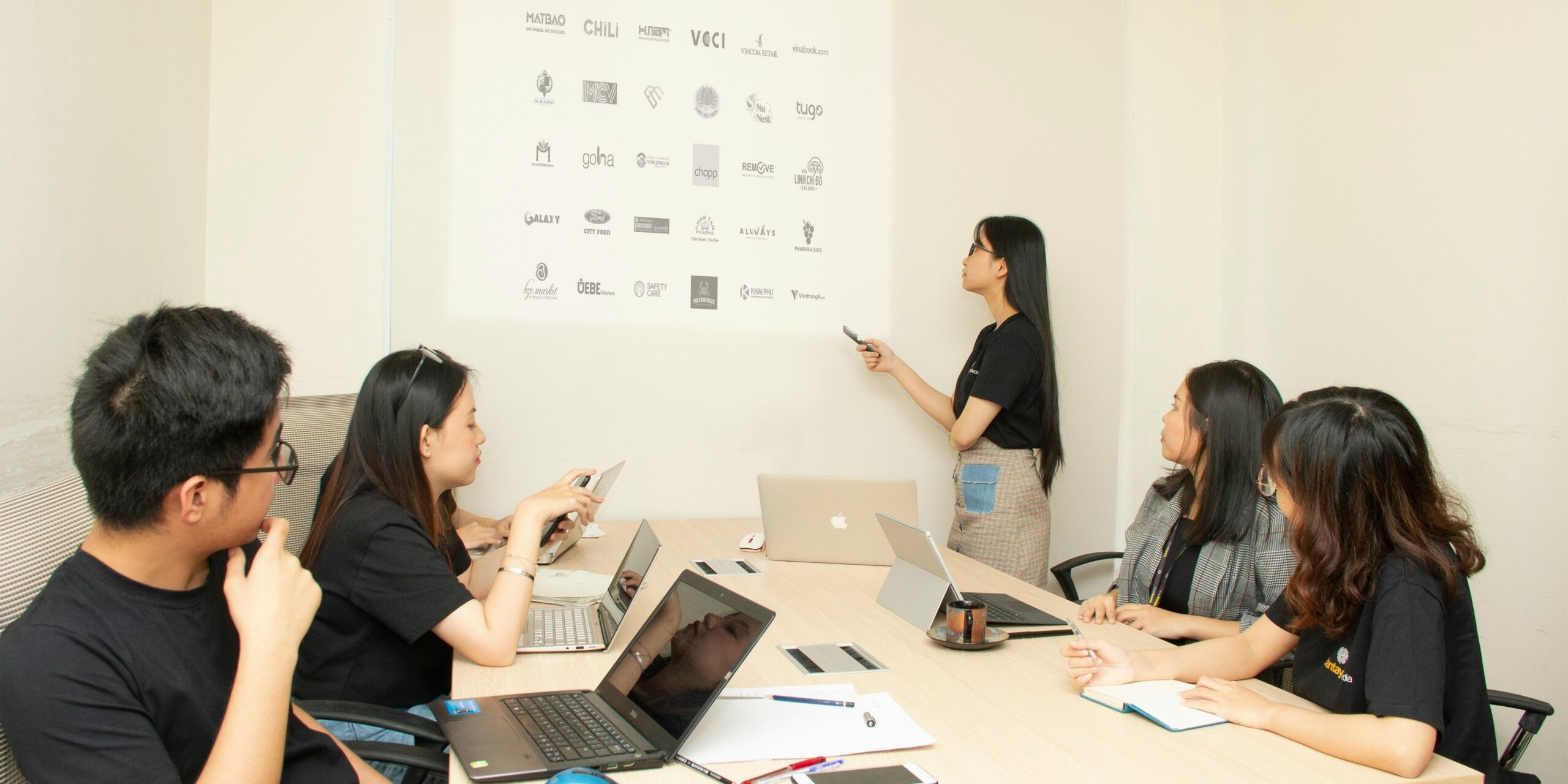Picture this: You’re sitting in a conference room, listening to a highly praised L&D professional discuss the secret to creating a successful learning and development program. They confidently claim the magic formula is the 70:20:10 model. But is this model truly the key to unlocking your organization’s learning potential, or is it just another controversial theory that sparks endless debates among L&D professionals? Let’s dive in and find out.
The 70:20:10 Model: Demystified
The 70:20:10 model suggests that employees learn 70% through on-the-job experiences, 20% from social and informal learning, and only 10% from formal training. By allocating resources according to these ratios, organizations can supposedly optimize their L&D programs and achieve better results. But does this model hold up under scrutiny?
Why Some L&D Professionals Swear By It
Proponents of the 70:20:10 model argue that it’s a credible and effective approach because it acknowledges that the majority of learning occurs through practical, real-world experiences. L&D professionals who embrace this model focus on providing opportunities for hands-on learning, coaching, and mentoring, and strive to create a culture of continuous learning and growth. For example, one L&D professional said, ‘I’ve seen firsthand how providing employees with opportunities to learn on the job and supporting them with the right resources can dramatically improve their skills and performance.’
The Controversial Side of the 70:20:10 Model
While some L&D professionals swear by the 70:20:10 model, others argue that it’s based on flawed assumptions and lacks empirical evidence. Critics contend that the model is too rigid, and that the specific ratios may not be applicable to every organization or individual. They also argue that informal and social learning can be difficult to measure, raising questions about the model’s effectiveness. As one L&D professional put it, ‘The 70:20:10 model has its merits, but it’s important to remember that every organization and individual is unique, and there’s no one-size-fits-all solution for L&D.’
A Balanced Approach to Learning & Development
Instead of blindly adhering to the 70:20:10 model, organizations may benefit from a more balanced and flexible approach. This could involve blending formal training with opportunities for on-the-job learning, while also recognizing the importance of social and informal learning. Such an approach allows organizations to adapt their L&D programs to meet the specific needs of their employees and industry, rather than relying on a rigid formula.
Learnexus: Your Partner in L&D Success
Whether you’re a believer in the 70:20:10 model or a skeptic, Learnexus can help you find the right L&D freelancers to support your organization’s unique learning needs. Our freelancer marketplace specializes in Learning & Development, connecting managers at Fortune 500 companies with highly skilled and experienced L&D professionals. By partnering with Learnexus, you can save up to 47% on your L&D costs and streamline your hiring process with a single master services agreement, giving you more time to focus on what really matters: driving the success of your organization.




